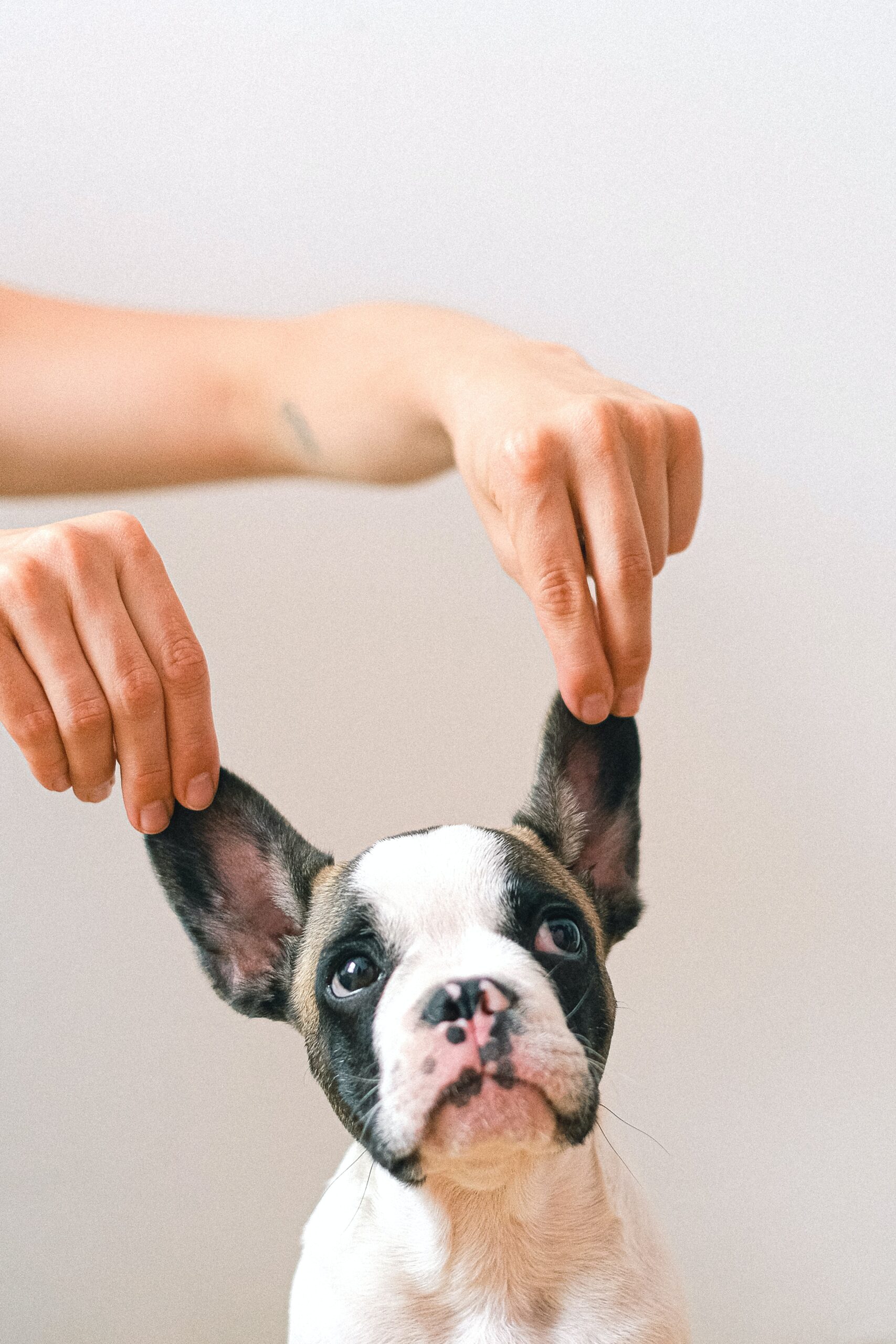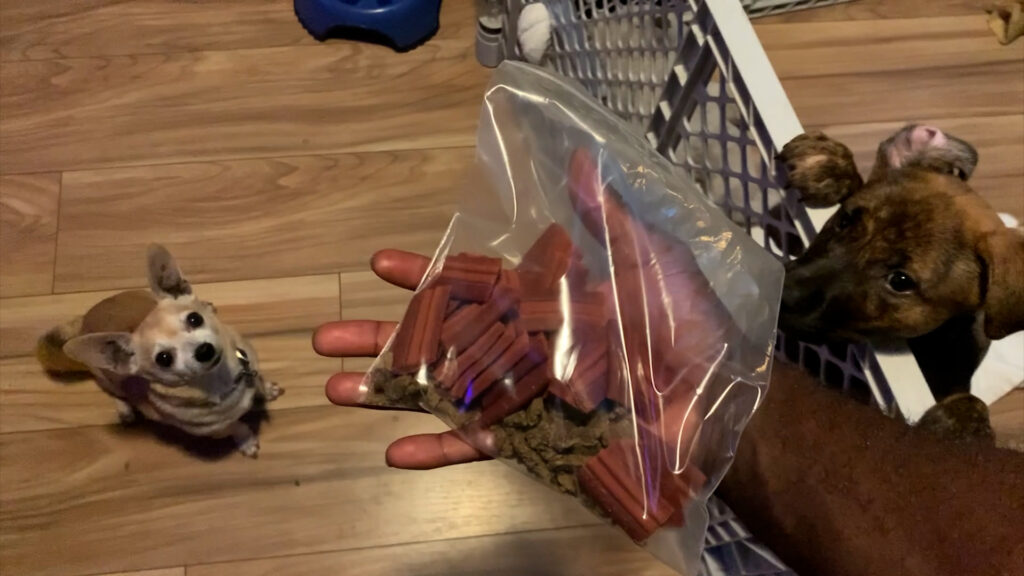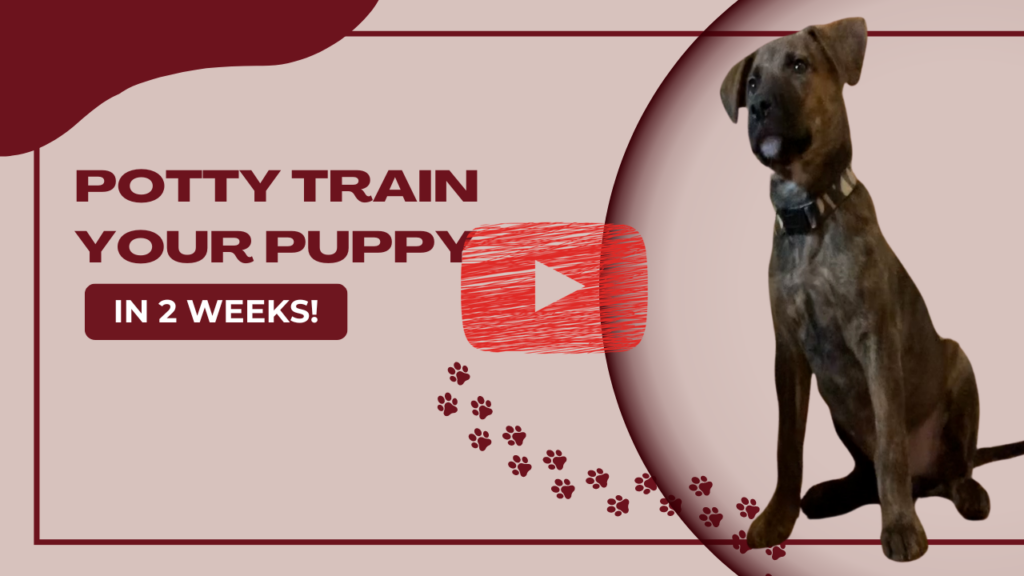**SEO Optimized Article Title:** Growing Pack of Feral Dogs Terrorizes Texas Town Godley **Engaging Excerpt (up to 130 characters):** Residents of Godley, Texas live in fear as a growing pack of aggressive feral dogs threaten children, pets, and public safety. **Engaging Meta Description (up to 160 characters):** In Godley, Texas, a rising number of feral dogs has turned peaceful streets dangerous, leaving families fearful for their kids and pets. **SEO Title (up to 60 characters):** Godley Texas Fearful of Dangerous Feral Dog Pack **Long-Tail Keywords Using Focus Keyword “feral dogs”:** 1. feral dogs attacking pets in Texas 2. feral dogs in Godley Texas 3. how to report feral dogs in Texas 4. feral dogs threatening children in Texas 5. dangers of feral dogs in small towns 6. increase in feral dogs Godley TX 7. how to protect against feral dogs 8. dealing with feral dogs in neighborhoods 9. Texas town overrun by feral dogs 10. police response to feral dogs in Texas 11. community action against feral dogs 12. feral dogs attacking livestock Texas 13. are feral dogs dangerous to humans 14. how to stay safe from feral dogs 15. feral dogs Godley Texas 2024 16. why are feral dogs increasing in Texas 17. local laws for feral dogs in Texas 18. Texas wildlife and feral dogs laws 19. tips to avoid feral dogs while walking 20. fear of feral dogs near schools 21. Godley families scared of feral dogs 22. feral dogs terrorizing Texas communities 23. feral dogs and public safety threats 24. child safety and feral dogs concerns 25. tracking feral dogs in rural Texas
Growing Pack of Feral Dogs Terrorizes Texas Town Godley Residents of Godley, Texas are on edge as a growing pack






